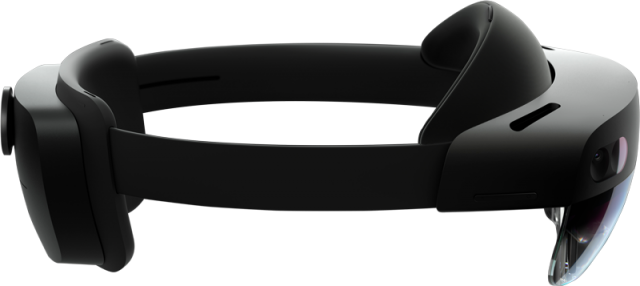Similar to the PC and smartphone industry, the AR/VR/MR industry is also catching up with high-end specifications that offer state-of-the-art gaming experience for users. I do not personally own any AR/VR/MR devices thus I hope this research would allow me to be better informed in any future purchases.
When looking to make any purchase, my top criteria is always value for money. In our current technologically advanced world, new cutting edge technology are developed every year that greatly surpass their previous counterparts. As such, I often restrain myself from spending outrageous amount of money on current high-end devices. Of course, saving on the financials does not necessarily mean that I am compromising the gaming or user experience.
VR Devices
| Oculus Quest 2 | Valve Index | HP Reverb G2 | |
| Price (SGD) | From $431 | From $2,747 | From $961 |
| Resolution | 1832 x 1920 (per eye) | 1660 x 1440 (per eye) | 2160 x 2160 (per eye) |
| Refresh Rate | 72 Hz | 144 Hz | 90 Hz |
| Field of View | Up to 100° | Up to 130° | Up to 114° |
| Connection Type | Wireless | 6m cable | 6m cable |

Oculus Quest 2
The Oculus Quest 2 is my favourite pick among the VR devices on the market. Many reviewers have spoken about its low-end price while offering decent levels of gaming experience.
Its $431 price tag is significantly lower than its competitors while offering comparable resolution (1832 x 1920) and refresh rate (72 Hz). Furthermore, Oculus has also announced an update for its native 90Hz support. This helps to move Oculus Quest 2 up in the demand market especially among casual gamers and students with low or no income but are keen to explore the VR gaming world. For a closer comparison, it has about the same price tag as a Nintendo Switch Console.
Other than value for money, the Oculus Quest 2 also provides a wireless VR gaming experience. Personally, I feel that a wireless device provides much more convenience in terms of gaming experience similar to that of a wireless earphones and mouse. Especially in a VR device, I feel that this would bring about more comfort and ease of movement. Moreover, Oculus Quest 2 is also a standalone device which allows users without a PC to enjoy the same gaming experience, increasing its portability and user target pool.
From my research, the Oculus Quest 2 is definitely my current top choice if I were to purchase a VR device. However, in our fast-paced technology industry, I am excited to see if there will be new emerging VR devices that are able to surpass the Oculus Quest 2 in the months to come.
AR/MR Devices
In the field of AR/MR, the market pool is still considerably smaller as compared to VR devices due to its unexplored utility. VR devices are mostly use for gaming or immersive experience where users are brought to another “world” in the comfort of their room. As for AR/MR, many manufacturers and companies are driving towards real-world application such as productivity, brainstorming and even furniture planning. Natuzzi, an Italian furniture company, developed an AR app where it allows users to visualise furniture placements in their own homes.

Microsoft Hololens 2
The Microsoft Hololens 2 landed a lasting impression in me through a live demonstration by Microsoft (which can be found at the end of this post). Notably, it is able to detect human hands without any controller which provides a higher level of convenience as lesser devices are required. Coupled with its audio feedback, this hand-tracking ability allows a more immersive experience when users interact with the augmented components.
Being a large corporation, Microsoft also integrated its products into the Hololens 2. In the demonstration, the user was able to interact with a Microsoft Teams application through hand gestures and vocal commands. From the Hololens 2 documentation, Microsoft has pre-installed multiple software such as Photos, Mail, Microsoft Edge and Microsoft Store. I was intrigued as this posed limitless potential in terms of productivity and multitasking. As Microsoft also owns Microsoft Office (Word, PowerPoint, Excel etc.), Visual Studio and many other useful software, they are able to bring a work desk into AR/MR. As compared to their competitor, the Magic Leap One, Microsoft is miles ahead to create an entire ecosystem of an AR/MR work desk.
Moreover, the Hololens 2 also brought about convenience in team discussions and brainstorming where physical sketch panels, mood boards or simply scribbles can be saved virtually. This extends the potential of AR/MR and also aids in the digitalisation of such activity.
Currently, the Microsoft Hololens 2 is only available on an enterprise level at a steep price of US$3500. There has not been any news targeting at a consumer level. Hopefully in the many months to come, Microsoft is able to extend the potentials and functionalities of AR/MR to bring about positive changes especially in pandemic-stricken industries.
